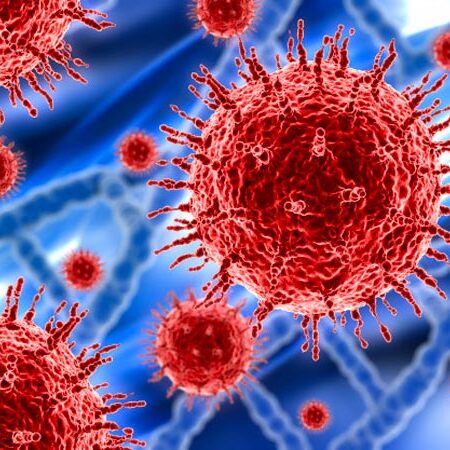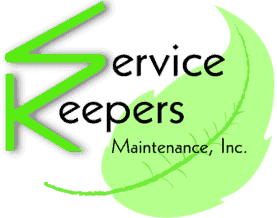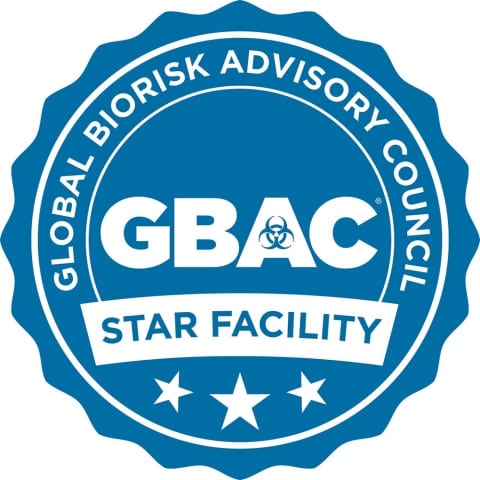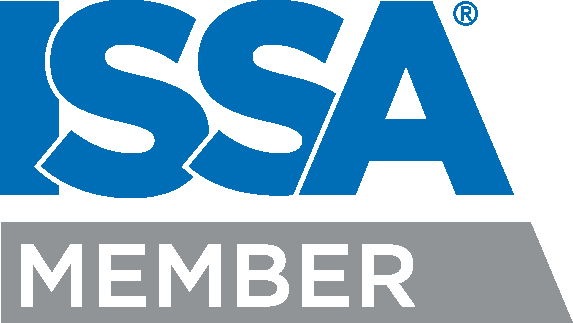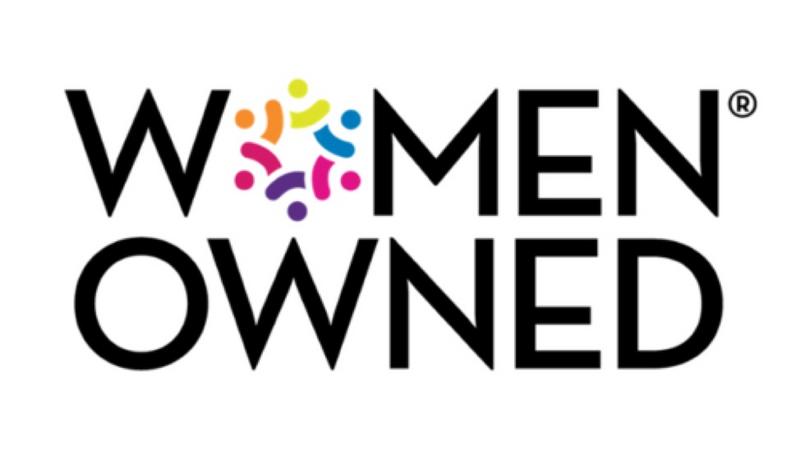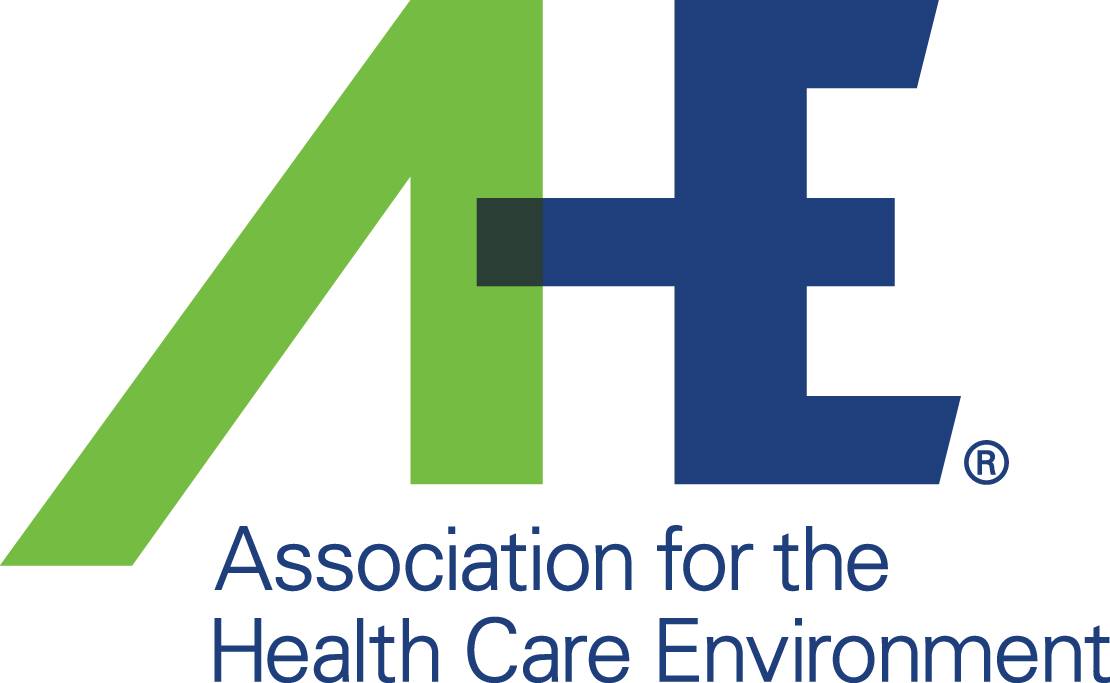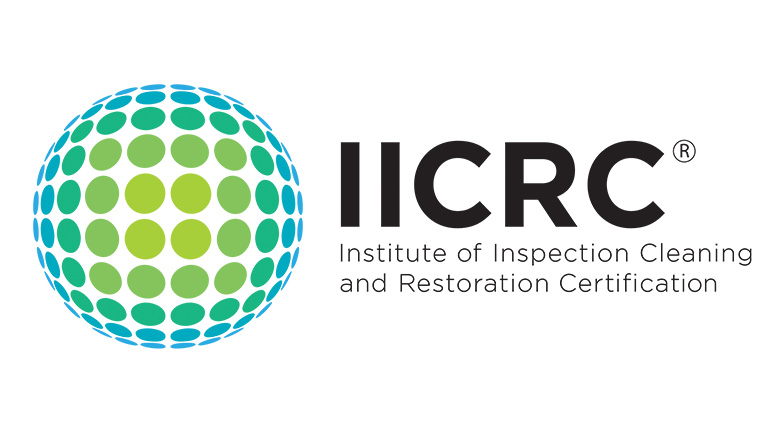What We Know About the Coronavirus and Cleaning Now
It’s been a rocky road, but in the past nine months, we have come a long way in understanding the coronavirus and how it is spread. Earlier in the year, U.S. Surgeon General Dr. Jerome Adams told Americans to “stop buying masks” indicating they are not effective in preventing the public from catching coronavirus.
Now, it is generally accepted that masks are the best tool we have to protect ourselves from the virus. It is estimated that wearing masks could reduce the number of people becoming infected with the virus by as much as 75 percent.
There have also been fluctuations when it comes to cleaning and the coronavirus. In March of this year, there was nothing less than a “disinfectant shopping frenzy.” Consumers and those in the professional cleaning industry rushed to purchase these products to clean surfaces effectively and eliminate the disease-causing pathogens.
Then the Centers for Disease Control (CDC) released some confusing guidelines. First, it said the disease is primarily spread through inhalation, and then added “it does not spread easily” from surfaces.
This, according to Joseph Vinetz, a Yale University professor of medicine, “has zero relevance to the ongoing epidemic,” adding that “frequent cleaning of surfaces and the washing of hands” must become the norm in stopping the spread of the virus.
So, as you can see, we have been all over the place on how the coronavirus is spread, so let’s try and clear things up. Here is what we know now about cleaning and the coronavirus:
Is the virus found on surfaces?
Yes. If someone with the disease coughs or sneezes, contaminated droplets can land on surfaces.
Can we get the virus if we touch those contaminated droplets?
Yes, it is possible if we then touch our eyes, nose, or mouth. However, the risk is lower than if we inhale the droplets.
Does this mean hand washing is not as important?
Definitely not. The CDC says that if we wash our hands several times per day, the risk of transmission of the disease is “significantly lower.”
How long do these contaminated droplets live on surfaces?
They can survive for a few hours to a few days. Much depends on environmental conditions, the type of surface, and the number of pathogens on the surface. In one case, the CDC reported finding the RNA – the genetic material related to the virus – on a passenger ship 17 days after passengers had left the ship’s cabins. While the RNA may not transmit the disease, what is significant is how long it survived.
Are there any types of surfaces that tend to become the most contaminated?
Yes. High Touch Points – light switches, railings, doorknobs, shared electronics, etc. – build up with all types of soils and pathogens, including those that can cause coronavirus. However, COVID pathogens can be found in unexpected places. For instance, in hospitals, they have been found on shoe bottoms. If we touch contaminated shoe bottoms, perhaps while simply changing our shoes, and then touch our faces, it is possible we can contract the virus.
Will cleaning alone prevent the spread of the virus?
First, let’s make sure we are clear. Cleaning and disinfecting are not the same thing. Cleaning removes soils and can remove disease causing pathogens. Disinfecting inactivates pathogens. Some cleaning solutions are designed to do both if they are a 2-in-1 product such as the disinfectant cleaners used by Service Keepers.
Why does Service Keepers use electrostatic spraying systems?
Electrostatic sprayers allow us to disinfect large areas of a facility at one time, helping to protect human health. The “mist” released by these machines adheres and wraps around all types of surfaces, including those that are hard to reach. The disinfectant we use is an EPA registered, N-List disinfectant. These have been proven to inactivate the pathogens that cause coronavirus.
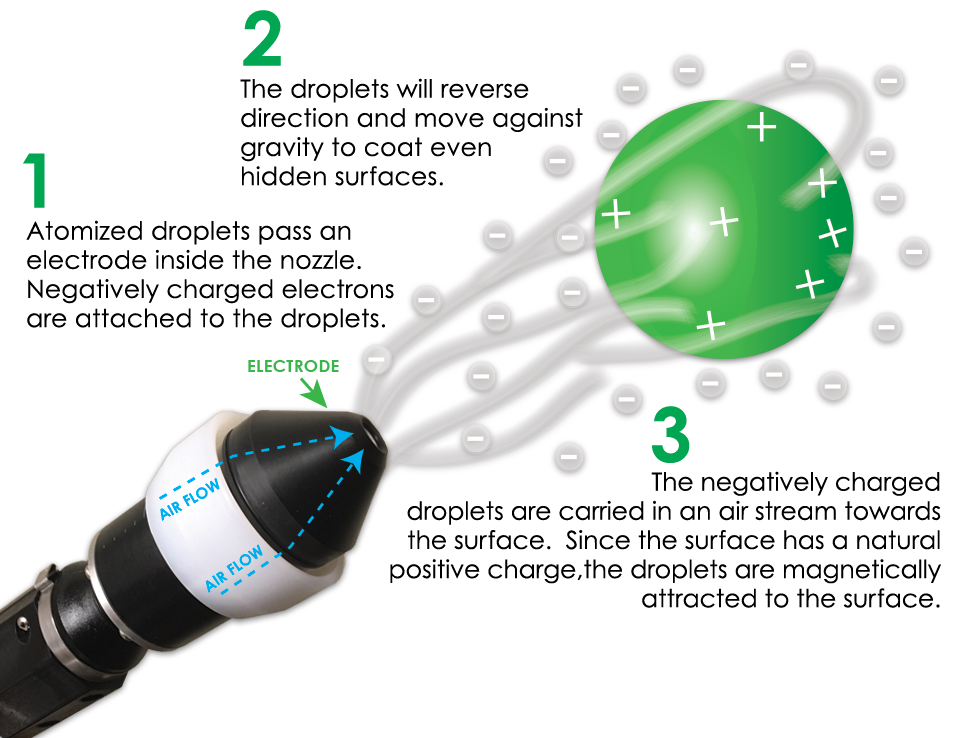
Finally, do you think we will need to use electrostatic sprayers once the pandemic has ended?
This virus was a wake-up call. The world is interconnected, especially when it comes to the spread of disease. It would be foolish now for us to believe a virus could be confined to just one area of the world. We will need to use electrostatic sprayers and other new cleaning technologies to help keep building users safe and healthy now and well into the future.
Interested in learning more? Then get in touch today. We’re Service Keepers and we’re here for you.
